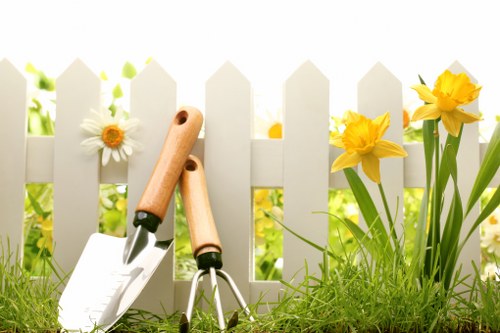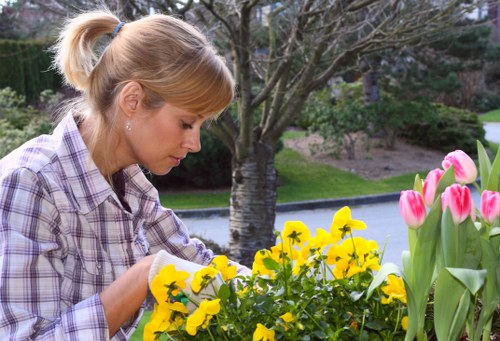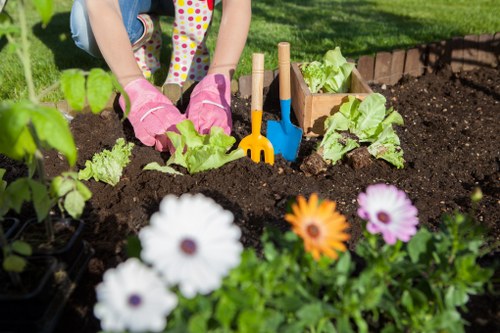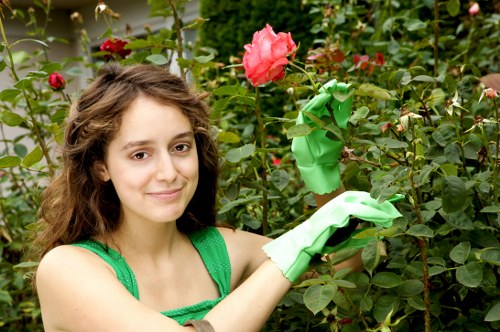Gardeners Whetstone: Your Ultimate Guide to Thriving Gardens
Introduction to Gardeners Whetstone 
Welcome to the world of Gardeners Whetstone, where passion for gardening meets expert knowledge. Whether you're a seasoned gardener or just starting out, this guide will provide you with everything you need to cultivate a beautiful and healthy garden.
At Gardeners Whetstone, we believe that gardening is more than just a hobby—it's a way to connect with nature, reduce stress, and create a vibrant outdoor space. Our comprehensive resources are designed to help you succeed in all your gardening endeavors.
In this article, we'll explore the essential tools, techniques, and tips that every gardener should know. From soil preparation to plant selection, we've got you covered.
The Essentials of Garden Planning 
Proper planning is the foundation of any successful garden. Before you start digging, take the time to design your garden layout. Consider factors such as sunlight, soil type, and water availability.
Start by assessing the sunlight exposure in your garden. Most vegetables and flowers require at least six hours of direct sunlight each day. Observe how the sunlight moves across your garden throughout the day to determine the best locations for different plants.
Next, evaluate your soil quality. Healthy soil is rich in nutrients and has good drainage. You can improve poor soil by adding compost or other organic matter. Testing your soil's pH level can also help you choose plants that will thrive in your specific conditions.
Choosing the Right Plants 
Selecting the appropriate plants for your garden is crucial for its success. Consider the climate, soil type, and the amount of maintenance you're willing to undertake.
For beginners, it's best to start with hardy plants that are easy to grow and resistant to pests. Some popular choices include tomatoes, basil, marigolds, and sunflowers. These plants are not only resilient but also add beauty and flavor to your garden.
If you're interested in a more diverse garden, think about incorporating native plants. Native species are adapted to your local environment, require less water, and are more resistant to local pests and diseases.
Soil Preparation and Health 
Healthy soil is the cornerstone of a flourishing garden. Proper soil preparation ensures that your plants have the nutrients they need to grow strong and healthy.
Start by loosening the soil to improve aeration and drainage. This can be done using a shovel or a garden fork. Remove any weeds or debris that could hinder plant growth.
Incorporate organic matter such as compost or well-rotted manure to enrich the soil. This not only adds essential nutrients but also improves the soil's structure. Regularly testing your soil can help you make informed decisions about fertilization and pH adjustments.
Irrigation Techniques for a Thriving Garden 
Proper watering is vital for the health of your garden. Different plants have varying water needs, so it's important to understand the specific requirements of each type.
Drip irrigation systems are an efficient way to deliver water directly to the plant roots, minimizing evaporation and water waste. This method is especially beneficial for vegetable gardens and densely planted areas.
For smaller gardens, a simple soaker hose or regular watering with a hose can be effective. It's best to water your garden in the early morning or late afternoon to reduce water loss and prevent plant stress.
Pest Management Strategies
Keeping pests under control is essential for maintaining the health of your garden. There are several methods you can use to manage pests effectively.
Integrated Pest Management (IPM) is a sustainable approach that combines biological, cultural, and chemical practices. Start by encouraging beneficial insects like ladybugs and lacewings, which naturally prey on harmful pests.
If pests become a problem, use organic pesticides as a last resort. Always follow the instructions carefully to avoid harming beneficial insects and the environment.
Seasonal Gardening Tips
Gardeners must adapt their strategies to the changing seasons to ensure year-round garden health.
In spring, focus on planting new seeds and preparing beds for the growing season. Summer requires consistent watering and pest control, while autumn is the time for harvesting and preparing the garden for winter.
Winter gardening can involve protecting plants from frost, mulching to retain soil moisture, and planning for the next growing season.
Garden Maintenance Practices
Regular maintenance is key to a successful garden. This includes tasks like weeding, pruning, and fertilizing.
Weeding should be done regularly to prevent competition for nutrients and water. Pruning helps maintain plant shape, encourages healthy growth, and removes any diseased or damaged parts.
Fertilizing provides essential nutrients that might be missing from the soil. Choose a fertilizer that matches the needs of your specific plants and apply it according to the recommended schedule.
Organic Gardening Benefits
Organic gardening focuses on growing plants without synthetic chemicals, promoting a healthier environment and produce.
Benefits of organic gardening include improved soil health, increased biodiversity, and the production of non-toxic fruits and vegetables. It also reduces the risk of water contamination and supports ecosystem balance.
Adopting organic practices such as composting, using natural pest control, and selecting native plants can lead to a more sustainable and rewarding gardening experience.
Local Gardening Resources in Whetstone
Living in Whetstone offers gardeners access to a variety of local resources that can enhance your gardening efforts.
- Whetstone Community Garden: A collaborative space where gardeners can share tips and resources.
- Whetstone Nursery: Offers a wide selection of native plants and gardening supplies.
- Whetstone Botanical Society: Provides workshops and seminars on various gardening topics.
Connecting with Nearby Gardeners
Building a network with other gardeners in nearby areas can provide support and inspiration.
Participate in local gardening clubs, attend community events, and visit nearby gardens to exchange ideas and experiences. Collaboration can lead to new techniques and help you overcome common gardening challenges.
Sharing your gardening journey with others not only fosters a sense of community but also enhances your own gardening skills and knowledge.
10-15 Closest Areas to Whetstone for Gardeners
Gardeners in Whetstone can also explore various nearby areas that offer unique features and gardening opportunities:
- Greenwood Park: Known for its extensive botanical gardens and seasonal flower displays.
- Riverdale Meadows: Offers fertile soil and a variety of water-efficient plants.
- Sunset Ridge: Perfect for gardeners interested in drought-tolerant and native species.
- Maplewood: Features community gardens and regular gardening workshops.
- Brookside: Ideal for those who enjoy growing vegetables and herbs.
- Lakeside: Great for aquatic plants and water gardening enthusiasts.
- Oak Grove: Offers rich soil and a variety of shade-tolerant plants.
- Pine Hill: Suitable for gardeners interested in coniferous plants and evergreens.
- Elm Street: Known for its vibrant flower gardens and ornamental plants.
- Birchwood: Features specialty plants and rare species collections.
- Cedar Valley: Perfect for large-scale gardening projects and landscape design.
- Willow Creek: Offers fertile banks for growing a variety of crops and flowers.
- Hickory Heights: Ideal for gardeners who enjoy fruit trees and berry bushes.
- Spruce Meadows: Known for its well-maintained public gardens and green spaces.
- Aspen Park: Features diverse plant life and offers ample gardening resources.
Conclusion
Gardeners Whetstone is your go-to resource for all things gardening. By following the tips and techniques outlined in this guide, you can create and maintain a thriving garden that brings beauty and joy to your outdoor space.
Remember, gardening is a journey that requires patience, dedication, and a willingness to learn. Embrace the challenges and celebrate the successes as you cultivate a garden that reflects your unique vision and passion.
Happy gardening!
Frequently Asked Questions
1. What is the best time of year to start a garden in Whetstone?
The best time to start a garden in Whetstone is in the early spring after the last frost. This allows plants to establish themselves before the hot summer months.
2. How can I improve the soil quality in my garden?
Improving soil quality can be achieved by adding organic matter such as compost, using cover crops, and regularly testing your soil to adjust pH levels and nutrient content.
3. What are some easy-to-grow plants for beginners?
Some easy-to-grow plants for beginners include tomatoes, basil, marigolds, sunflowers, and native plants that are well-suited to the local climate.
4. How do I manage pests naturally?
Natural pest management techniques include attracting beneficial insects, using organic pesticides, and implementing integrated pest management strategies to minimize pest damage without harming the environment.
5. What resources are available locally for gardeners in Whetstone?
Local resources include the Whetstone Community Garden, Whetstone Nursery, and the Whetstone Botanical Society, all of which offer valuable tools, plants, and educational opportunities for gardeners.


